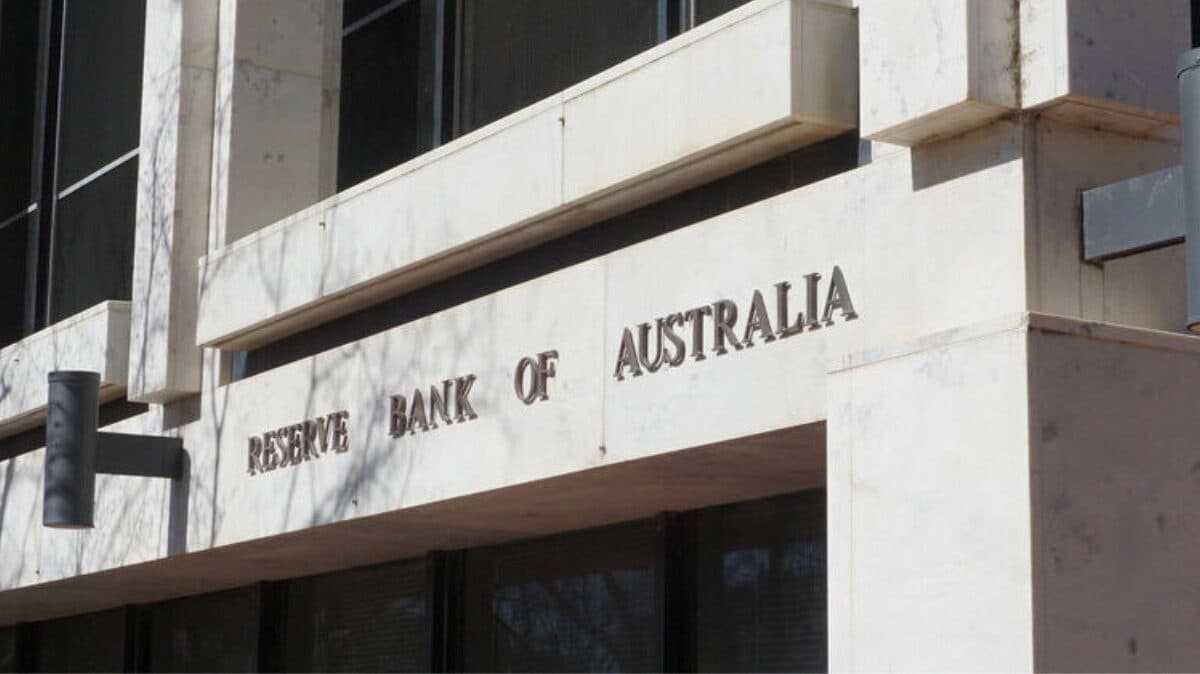After 42 months of consumer pessimism, confidence jumped to 98.5, just 1.5 points from positive territory. RBA rate cuts are working, economists say.
What’s happening: Australian consumer confidence jumped 5.7% in August to 98.5, reaching its highest level in three and a half years as RBA rate cuts and eased cost-of-living pressures lift household sentiment.
Why this matters: The confidence surge suggests Australia’s economic downturn may be nearing its end, with potential flow-on effects for business spending and employment as households become more optimistic about major purchases and the economic outlook.
CreditorWatch’s Chief Economist Ivan Colhoun says the confidence jump to 98.5, just 1.5 points below the critical 100 threshold where optimists equal pessimists, reflects the benefits of the latest RBA interest rate cut building on earlier cuts and last year’s income tax reductions.
“The jump in confidence to near an optimistic reading on the economy for the first time in nearly four years is welcome news,” Colhoun says. “The near 6% rise in August clearly reflects the benefits of the latest RBA interest rate cut.”
Confidence soars nationwide
The sentiment improvement was broad-based rather than confined to mortgage holders, with households more optimistic about the economy, unemployment outlook, and major purchases such as housing and big-ticket items.
Consumer expectations about unemployment, a reliable leading indicator which fell 2.4% in August, easing concerns about a potential upward trend that’s critical for sustaining consumer spending and business resilience.
“Importantly, consumer expectations about unemployment dropped back in August, falling 2.4% after the 6.1% rise recorded over June and July,” Colhoun notes. “The series can be a bit jumpy but overall is not currently signalling the type of upward trend associated with a steady or noticeable rise in the unemployment rate.”
The Westpac Consumer Sentiment Index shows confidence first improved after income tax cuts in the middle of last year and has increased after each RBA rate cut this year, interrupted only by tariff uncertainty and equity market turmoil in April.
Unemployment fears ease
Low unemployment has been crucial in supporting consumer spending and businesses during a period of pressured household and business finances from sharply higher costs, making the stability in unemployment expectations particularly significant.
The RBA’s latest forecasts assume two further interest rate cuts will be required to maintain GDP growth at a rate sufficient to sustain unemployment around 4.3% over the next couple of years.
“The RBA’s August forecasts anticipate another two interest rate reductions will be required to maintain low unemployment,” Colhoun says.
Incoming inflation and unemployment data will be used by the RBA Board to judge when those rate cuts are delivered. With inflation assessed to be at target, the key indicator will be the unemployment rate relative to the Board’s 4.3% forecast over the next 30 months.
Broad-based sentiment lift
The confidence recovery extends beyond mortgage holders to include renters and other household types, suggesting the improvement reflects broader economic factors rather than just interest rate relief.
Westpac notes that confidence about the economic outlook and expectations about whether it’s a good time to buy a house or major household items both improved sharply.
The long period of consumer pessimism, which began 42 months ago, was the second-longest continuous negative streak since Westpac began tracking sentiment in 1974 surpassed only by the deep recession of the early 1990s.
“This long run of consumer pessimism may finally be coming to an end,” Colhoun observes.
Rate cuts working
Timing of further cuts will depend on upcoming labour market and inflation data, with unemployment figures particularly crucial for the RBA’s decision-making process.
“Upcoming unemployment data will determine whether a follow-up September rate cut is delivered (likely if the unemployment rate is 4.4% or above, possible if it prints 4.3%) or if the next cut occurs in November (likely on another 4.2% unemployment print),” Colhoun explains.
The confidence surge provides welcome relief for businesses that have faced declining consumer spending and persistent inflation pressures throughout the economic downturn.
Westpac notes the rise in confidence was broad-based and not confined to mortgage holders, with confidence about the economic outlook also improving and expectations about whether it was a good time to buy a house or major household items improving sharply.
Keep up to date with our stories on LinkedIn, Twitter, Facebook and Instagram.

